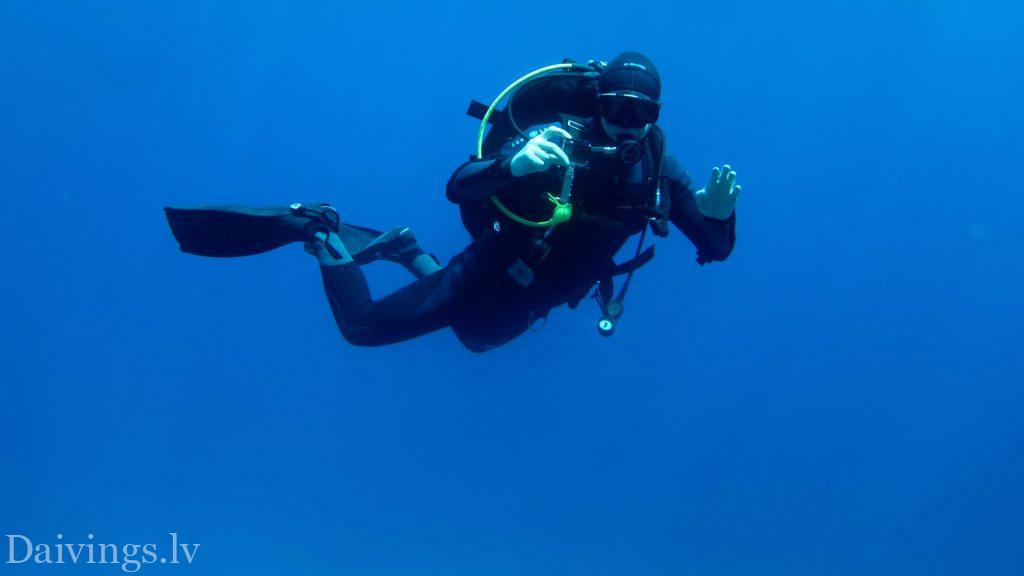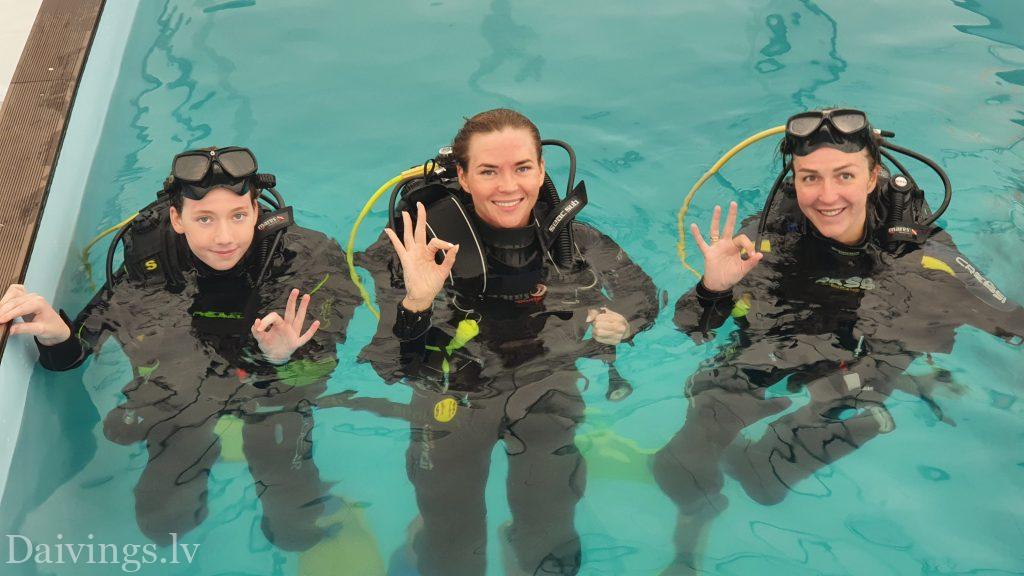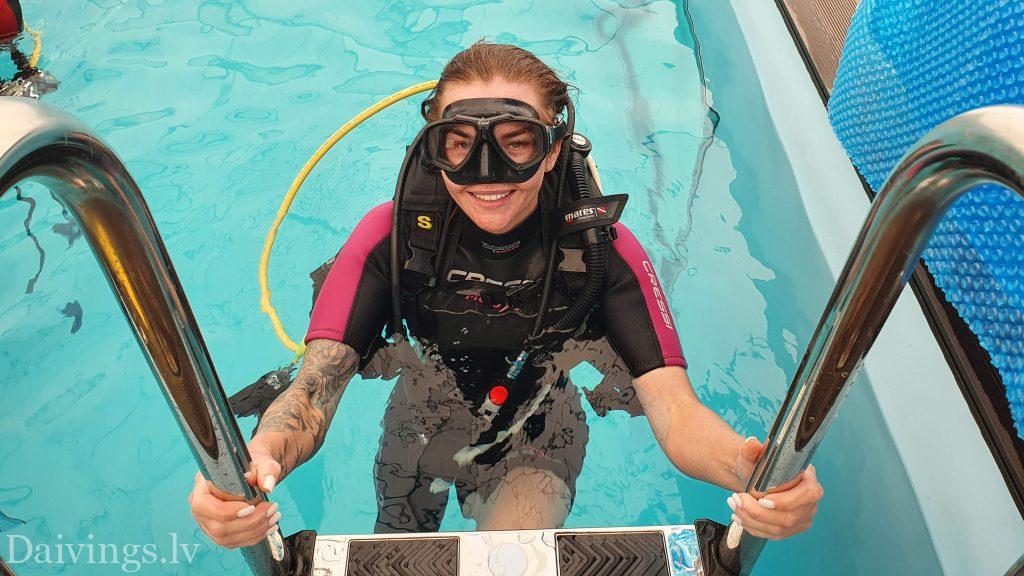Introduction:
Diving is an exciting and rewarding activity that allows you to explore the underwater world. However, it can also be dangerous if safety precautions are not followed. One of the most important safety measures is learning the Valsalva maneuver.
What is the Valsalva maneuver?
The Valsalva maneuver is a simple technique that helps equalize the pressure between the ears and the environment. This is done by closing your mouth, pinching your nose and exhaling gently, as if blowing a balloon. This increases the pressure in the throat and in the Eustachian tubes that connect the middle ear to the nose.
Why is the Valsalva maneuver important for divers?
When diving, water pressure increases with depth. This can cause a pressure difference between the external environment and the middle ear, which can cause pain and discomfort. The Valsalva maneuver helps to equalize this pressure and prevent these problems.

When to perform the Valsalva maneuver?
It is recommended to perform the Valsalva maneuver:
- Before diving to equalize the pressure in the ears.
- Every 3-5 meters during diving, especially when descending.
- If you feel pain or discomfort in your ears.
How to perform the Valsalva maneuver correctly:
- Close your mouth and pinch your nose with your fingers.
- Exhale gently as if blowing up a balloon.
- Hold the pressure for about 10 seconds.
- Repeat if necessary.
Important:
- Do not perform the Valsalva maneuver too forcefully, as this may cause injury.
- If you have ear problems, consult your doctor before diving.
Conclusion:
The Valsalva maneuver is a simple but effective technique that can help prevent ear problems while diving. By learning and performing this maneuver correctly, you will be able to enjoy diving adventures safely and pleasantly.

Types of pressure equalization in diving
During diving, pressure equalization is important to prevent pain and injury that can be caused by pressure differences between the external environment and the body cavities. Different types of pressure equalization are available:
1. Valsalva maneuver:
- Close your mouth and pinch your nose with your fingers.
- Exhale gently as if blowing up a balloon.
- Hold the pressure for about 10 seconds.
- Repeat if necessary.
2. Toynbee maneuver:
- When swallowing, pinch your nose and try to blow through pinched nostrils.
- This opens the Eustachian tubes and allows air to enter the middle ear.
3. Frenzel maneuver:
- Close your mouth and try to raise the soft palate as if swallowing.
- This opens the Eustachian tubes and allows air to enter the middle ear.
4. Automatic ear alignment:
- For some people, the pressure in the ears equalizes automatically by swallowing or yawning.

Important:
- Choose the type of pressure equalization that suits you best.
- Start equalizing the pressure already in shallow water, before submerging.
- Continue to equalize the pressure every 3-5 meters during the dive, especially during the descent.
- If you feel pain or discomfort in your ears, stop diving and ascend.
- If you have ear problems, consult your doctor before diving.
In addition to the above types of pressure equalization, there are other tools and techniques that can help, such as earplugs and special ear equalization devices.
When choosing the type of pressure equalization, consider:
- Your individual needs and experience.
- Diving conditions.
- Available tools and techniques.
Correct pressure equalization is important for safe and comfortable diving.
